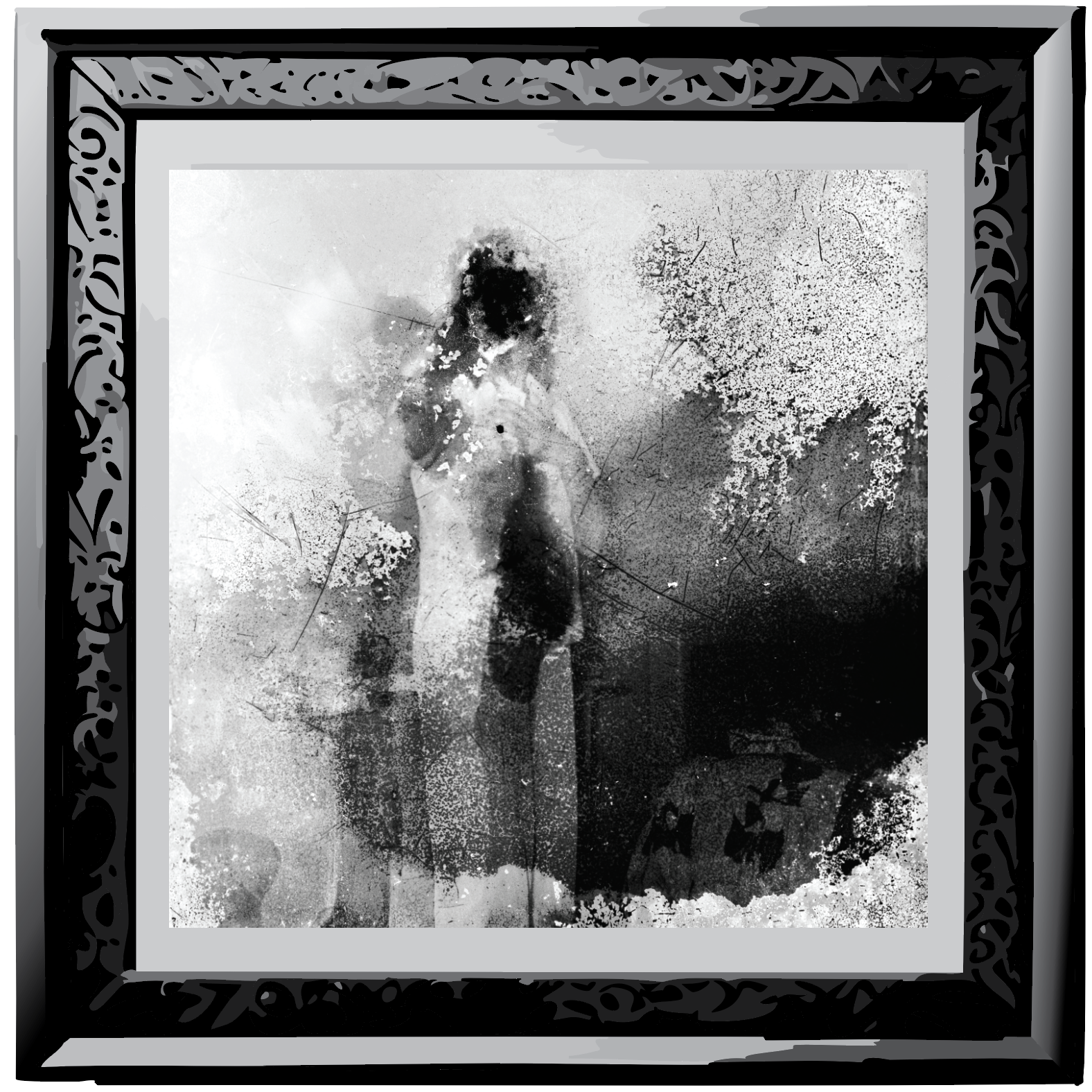Welcome to
Art of Neuroscience
The annual international art competition at the intersection of neuroscience and art. We strive to highlight the beauty of neuroscience by showcasing brain-inspired artworks and ignite curiosity and discussion within the general public. Submissions are open to all.
The 2024 edition is open! Click the submit now tab at the top of the page or go directly to

Amnesia – Osheen Harruthoonyan – 2023 edition



